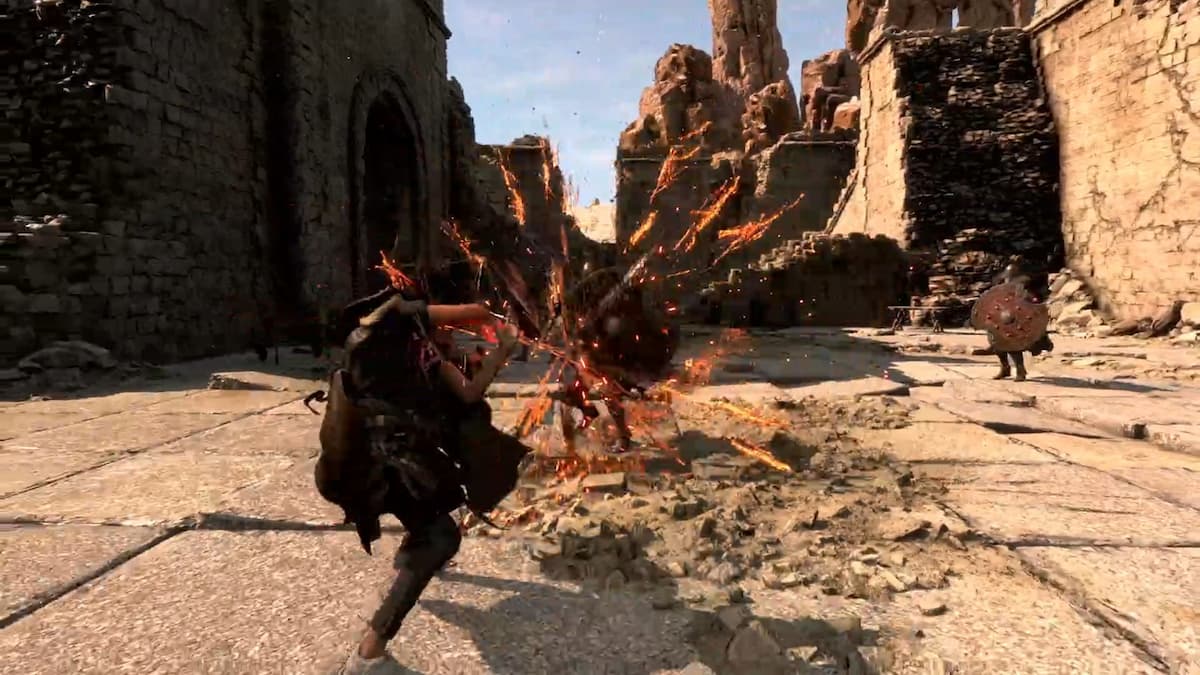In the battle between AMD and Nvidia, both manufacturers have had their wins. In recent years, Nvidia has been the team to pick for the absolute high-end experience. AMD typically hasn’t competed in this space to the same extent, making up for it with more consumer-friendly, open source features, along with more competitive mid to low-end offerings. After an unimpressive initial launch, AMD FSR 2.0 is set to aim for Nvidia’s image reconstruction throne.
All the technology in the world doesn’t matter without software that supports it. Much like any image upscaling or reconstruction technique, developer implementation is required. As of today, Forspoken and Deathloop are the first two announced PC titles that will make use of FSR 2.0.
Deathloop is expected to rollout support sometime during or after the second quarter of 2022, which is when the technology officially launches. Forspoken, which has been delayed to October, will support FSR 2.0 on launch day. It’s worth noting that, for now, this applies only to the PC versions of the games.
While both titles are playable on PlayStation 5, with Deathloop already utilizing FSR 1.0, support for Sony’s console has yet to be announced by AMD. On the other hand, Xbox is fully supported, meaning it is a matter of whether developers choose to implement it. When Deathloop gets ported to Xbox —Microsoft owns Arkane now, after all — FSR 2.0 isn’t entirely out of the question.
Those fearing a repeat of FSR 1.0’s results have little to worry about. Unlike the various iterations of Nvidia DLSS, which is currently up to version 2.3, FSR 2.0 doesn’t build upon an earlier foundation. It’s a complete overhaul, effectively using the FidelityFX Super Resolution label more for branding than anything else.
In a similar manner to reconstruction techniques like Temporal Upsampling, FSR 2.0 uses information accumulated over time from previous frames in order to reconstruct the image, along with an anti-aliasing pass. This accumulation method relies on motion vectors, depth data, and color data to determine the final output.
As with FSR 1.0, this new iteration remains platform-agnostic. Because machine learning isn’t utilized, there aren’t any specific hardware features of GPUs necessary for speeding up the rendering. This means that both AMD and Nvidia graphics cards can take advantage of FSR 2.0 in supported titles.
The one expected downside relates to performance. Seeing as AMD FSR 2.0 uses a more complex upscaling method, it is inherently more hardware intensive than FSR 1.0. Luckily, FSR 2.0 also still uses different quality modes. There are four modes in total — Quality, balanced, performance, and ultra performance. FSR 2.0 also supports dynamic resolution scaling with its input resolution, offering further control to developers to maximize performance gains.





Published: Mar 23, 2022 04:09 pm